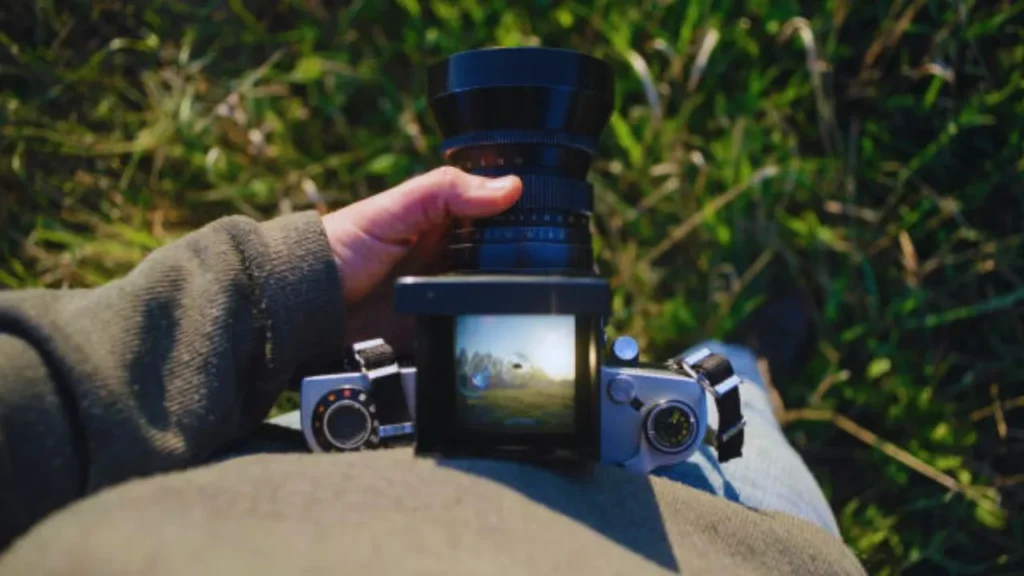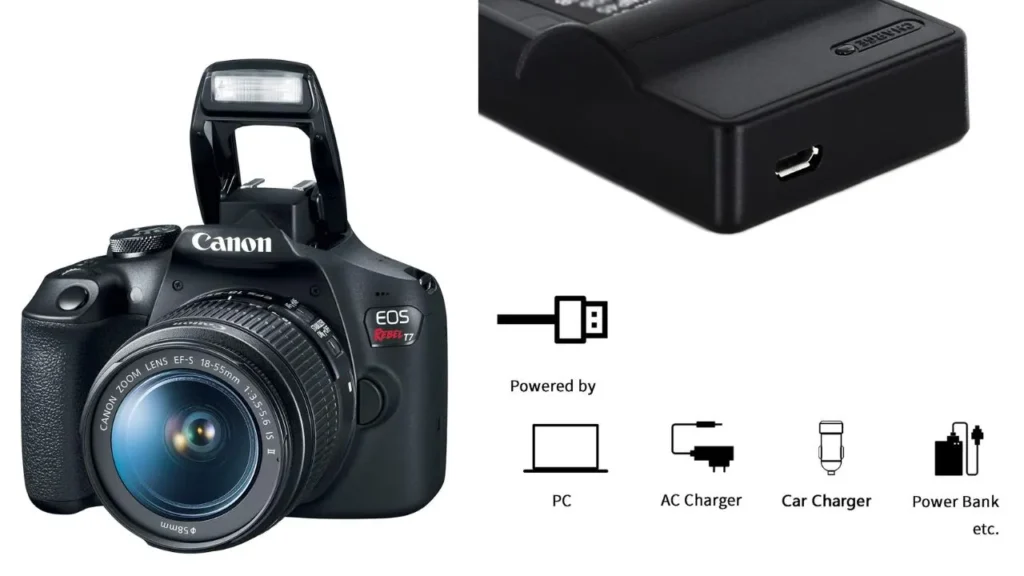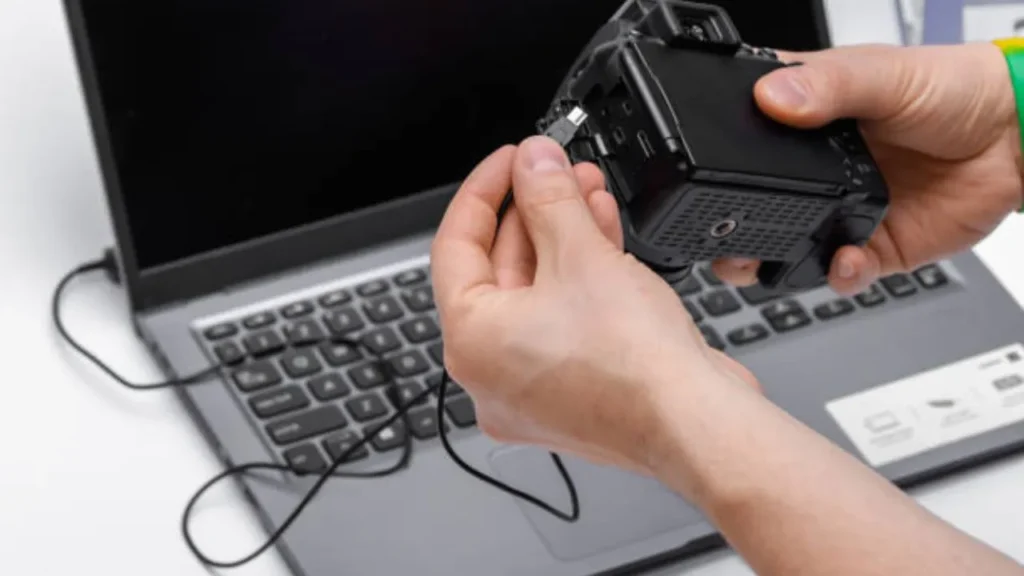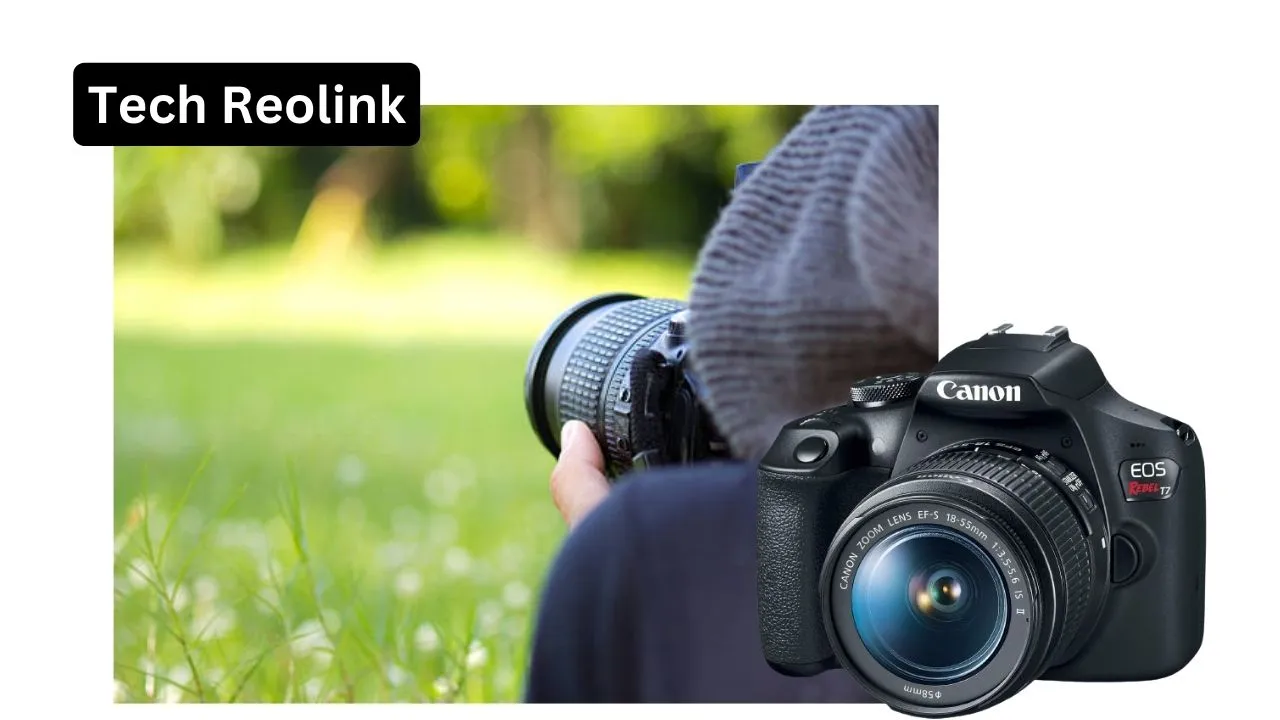Unleash the full potential of your Canon camera with our comprehensive guide, blending a professional, engaging, and informative tone. From mastering fundamental controls to exploring advanced features, we simplify the complexities of Canon camera use. This resource is a key to unlocking creativity, providing users of all levels with insights to elevate their photography. Beyond technicalities, we offer a unique blend of simplicity and depth, ensuring your Canon camera becomes an intuitive extension of your artistic vision. Join us in navigating the path to photographic excellence, where each click captures moments with precision and flair.
5 Easy Ways To Use a Canon Camera

Maximize your Canon camera’s potential with these five easy and effective techniques. In this professional and engaging guide, we simplify the art of using your Canon camera, ensuring a seamless and enjoyable experience for photographers of all levels:
1. Mastering Basic Controls: Unlocking Your Canon Camera’s Potential
Understanding the fundamental controls of your camera is the first step towards capturing stunning images with precision and confidence. Begin by familiarizing yourself with the primary buttons and dials, such as shutter speed, aperture, and ISO settings. These elements form the foundation of your camera’s functionality, allowing you to have greater control over exposure and focus.
Take the time to explore your camera’s menu system, discovering additional features and customization options. Adjusting settings like image quality, metering modes, and focus points enables you to tailor your shooting experience to specific scenarios. By mastering these basic controls, you lay the groundwork for more advanced techniques, setting the stage for creative expression through your Canon camera.
2. Optimizing Autofocus: Achieving Sharp and Precise Shots
A crucial aspect of using your Canon camera effectively is understanding and optimizing its autofocus capabilities. Modern Canon cameras are equipped with sophisticated autofocus systems that offer various modes to suit different shooting situations.
Experiment with single-point autofocus for precision in still subjects or switch to continuous autofocus for dynamic scenes with moving subjects. Additionally, familiarize yourself with focus tracking to maintain sharpness as your subject moves within the frame. Understanding and utilizing these autofocus features empower you to capture moments with clarity and accuracy, ensuring your Canon camera becomes a reliable tool in any photographic scenario.
3. Exploring Shooting Modes: Versatility at Your Fingertips
One of the key advantages of owning a camera is the array of shooting modes designed to cater to diverse photographic scenarios. Take your photography to new heights by exploring and understanding the various shooting modes available.
The Program (P), Aperture Priority (Av), and Shutter Priority (TV) modes offer semi-automatic control, allowing you to prioritize specific settings while the camera adjusts others. Delve into the creative possibilities of Manual (M) mode, giving you complete control over both aperture and shutter speed. Understanding these shooting modes empowers you to adapt to different lighting conditions and subjects, unleashing the full potential of your Canon camera.
4. Utilizing White Balance: True-to-Life Colors in Every Shot
Achieving accurate and true-to-life colours in your photographs is essential for conveying the atmosphere of a scene. Your camera’s white balance settings play a crucial role in ensuring colour fidelity under various lighting conditions.
Experiment with different white balance presets, such as daylight, cloudy, and tungsten, to find the most suitable setting for your environment. For more precise control, explore custom white balance adjustments based on the specific lighting conditions you encounter. By mastering white balance, you enhance the visual appeal of your images, capturing the essence of each moment with authenticity and vibrancy.
5. Unlocking Creative Filters: Adding a Unique Touch to Your Photographs
Elevate your creative expression with the built-in creative filters of your Canon camera. These filters provide a quick and easy way to add unique effects and artistic flair to your photographs, transforming ordinary scenes into captivating visual narratives.
Experiment with filters such as sepia, black and white, or miniature effects to convey different moods and styles. Combine creative filters with various shooting modes for a personalized touch to your images. Understanding how to use these creative filters effectively expands your artistic repertoire, allowing you to infuse your camera captures with a distinct and memorable aesthetic.
How To Charge a Canon Camera

Capturing stunning moments with your Canon camera is a joy, but it’s essential to keep it powered up for uninterrupted photography. Here are four efficient methods to charge your Canon camera:
1. Canon Camera Battery Charger:
The most straightforward and recommended method is to use the dedicated camera battery charger. Ensure your camera is powered off, remove the battery, and insert it into the charger. Connect the charger to a power source, and the intelligent charging system will handle the rest. This method guarantees optimal charging performance for your Canon camera battery.
2. USB Charging:
Canon cameras often come equipped with USB charging capabilities. Using the provided USB cable, connect your camera to a power source, such as a computer or a USB power adapter. This method is convenient when you’re on the go and don’t have access to a dedicated battery charger. Remember to use a high-quality USB cable to ensure efficient power transfer.
3. External Battery Charger:
For photographers who prefer extended shooting sessions or are travelling without easy access to power outlets, an external battery charger is a practical solution. Invest in a reliable third-party external battery charger compatible with Canon camera batteries. These chargers often come with additional features, such as multiple charging slots, LED indicators, and overcharge protection.
4. Power Banks with DC Output:
Harness the convenience of power banks with DC output to charge your Canon camera on the fly. Ensure the power bank has the correct voltage and current output specifications for your camera model. Connect the power bank to your camera using the appropriate DC cable. This method is ideal for outdoor photography or situations where traditional power sources are limited.
Remember to check your camera’s user manual for specific charging instructions and compatibility details. Whether you opt for the official Canon charger, USB charging, external battery chargers, or power banks, maintaining a charged camera battery ensures you never miss a moment.
A Seamless Connection: How to Connect Your Canon Camera to a Computer
Ensuring a smooth transfer of your captivating photos from your Canon camera to your computer is essential for efficient editing and storage. Here’s a step-by-step guide on how to connect your Canon camera to a computer:
1. Check Your Camera’s USB Port:
Examine your Canon camera to identify the type of USB port it has. Most Canon cameras utilize a standard USB Type-B or Micro USB port for data transfer. Once identified, locate the corresponding cable.
2. Power Off Your Camera:
Before connecting your Canon camera to the computer, it’s advisable to turn off the camera. This ensures a stable connection and prevents any potential issues during the process.
3. Select the Right USB Cable:
Use the USB cable that came with your Canon camera or a compatible one. Connect one end to the USB port on your camera and the other end to an available USB port on your computer. Ensure a secure connection on both ends.
4. Turn On Your Camera:
Power on your Canon camera. Some cameras may prompt you to choose a connection mode. Select the appropriate option, such as “Transfer Images” or “PC Connection,” depending on your camera model.
5. Identify Your Camera on the Computer:
Once connected, your computer should recognize your Canon camera as an external device. Open the file explorer on your computer, and you should see your camera listed. If prompted, install any necessary drivers or software provided by Canon.
6. Transfer Your Photos:
Navigate to the folder containing your photos on the camera using the file explorer. Select the photos you want to transfer, then copy and paste or drag them to your desired location on the computer, such as a designated photo folder.
7. Eject Your Camera Safely:
After transferring your photos, safely eject your Canon camera from the computer. This ensures that no data is lost, and it’s a crucial step to maintain the integrity of your files.
How to Transfer Photos From Canon Camera to Computer

Connect Your Canon Camera to the Computer
Begin by locating the USB cable that came with your Canon camera. This cable typically has a USB Type-A connector on one end and a specific connector for your camera on the other. Plug the USB Type-A end into an available USB port on your computer. Next, locate the corresponding port on your Canon camera, usually labeled “Digital” or “USB,” and connect the cable securely.
This physical connection establishes a bridge between your camera and computer, allowing for data transfer. Ensure your camera is powered off during this initial step to avoid any potential complications.
Power On Your Canon Camera
Before initiating the transfer process, power on your Canon camera. This step is crucial as it ensures a stable and responsive connection between the camera and the computer. Most Canon cameras won’t communicate with the computer unless they are powered on.
Once your camera is powered on, you’re ready to proceed to the next step. This simple action sets the stage for a seamless data transfer experience, enhancing the reliability of the connection.
Access the Photos on Your Computer
With the USB connection established and your camera powered on, your computer should recognize the Canon camera as an external device. Open the file explorer on your computer, and navigate to the section that displays connected devices or external drives. Look for your Canon camera’s name or model, and click to open it.
Within the camera’s folder, you’ll find subfolders containing your photos. These folders are often organized by date or other criteria, simplifying the process of locating specific images. This step ensures that you can easily access and manage your photos directly from your computer.
Copy and Paste the Photos to Your Computer
Once you’ve located the desired photos on your Canon camera, it’s time to initiate the transfer. Select the photos you want to copy by holding down the “Ctrl” key (or “Command” key on Mac) while clicking on individual images. Alternatively, you can select all photos by pressing “Ctrl + A” (or “Command + A” on Mac).
After selecting the photos, right-click on one of the highlighted images and choose the “Copy” option from the context menu. Now, navigate to the folder on your computer where you want to store these photos. Right-click within the destination folder and select “Paste.” This action copies the selected photos from your Canon camera to your computer.
In just four simple steps, you’ve successfully transferred your cherished moments from your Canon camera to your computer. This method allows for efficient organization and management of your photo library, ensuring easy access and preservation of your photographic memories.
Read More:
How To Reset Arlo Camera – Step By Step Guide
What is a Camera Polarizer Lens Filter-Comprehensive Guide
How To Use A Polaroid Camera-Step By Step Guide
Conclusion
In conclusion, mastering the use of your Canon camera goes beyond technical know-how—it’s a journey of unleashing creativity and capturing moments with precision and flair. Our comprehensive guide covers fundamental controls, autofocus optimization, exploration of shooting modes, mastery of white balance, and the art of applying creative filters. These techniques elevate your photography, transforming ordinary scenes into captivating visual narratives.
Additionally, ensuring your Canon camera stays powered up is crucial for uninterrupted photography. Our guide provides efficient methods, from the official Canon charger to USB charging, external battery chargers, and power banks. Lastly, connecting your Canon camera to a computer seamlessly facilitates photo transfer and efficient organization. With these insights, embark on a seamless path to photographic excellence, where each click becomes a testament to your artistic vision and technical prowess.
